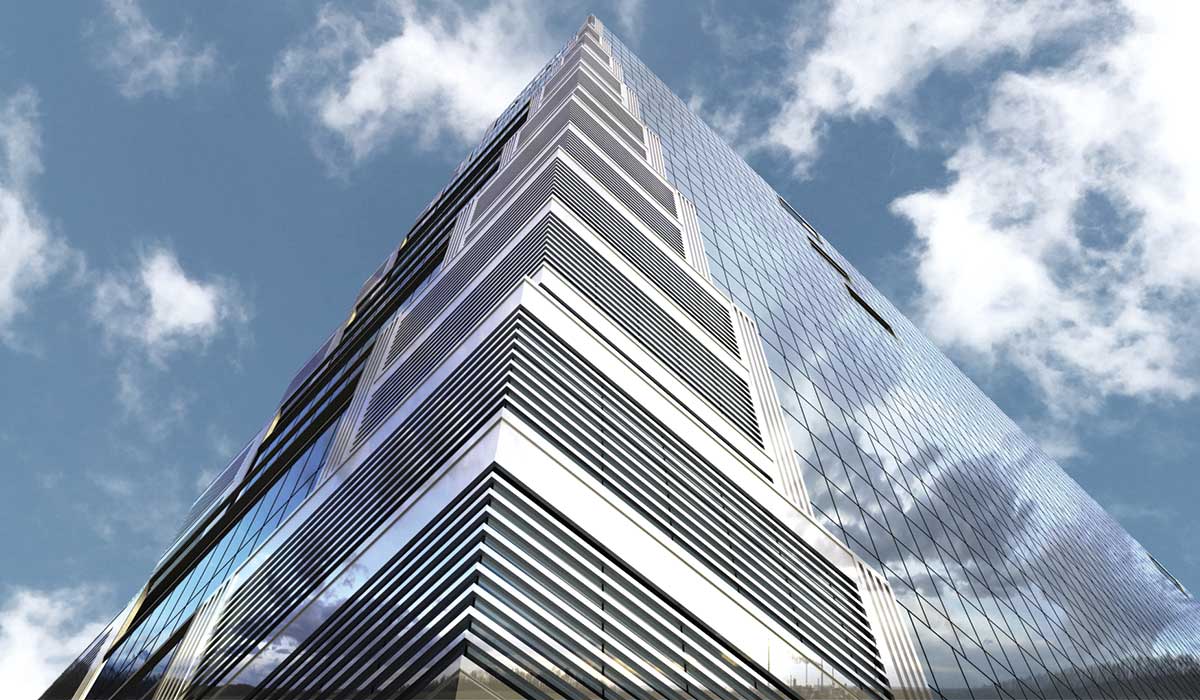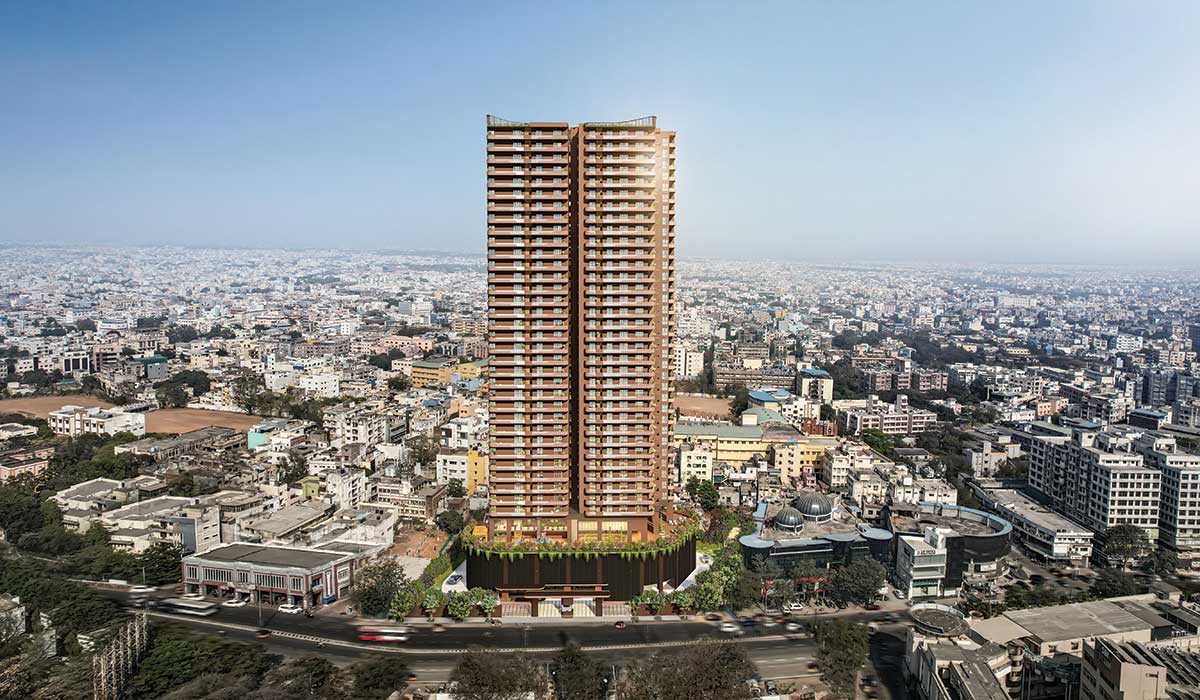
The global trend of sustainability is one that we have been completely integrated with as architects. Technological advancements using AI for design processes are becoming a part of our everyday practice. The Indian society has urbanised and shifted towards a modern India which embraces new world homes and workspaces which need to be designed and deployed at a scale unlike before.
Trends, technologies, and lifestyles require adaptation and agility in the way architecture is practised and viewed; enabling architects to stay relevant and effective in today’s context.

The biggest opportunities in design lie in the usage of AI. Data is power and the ability to harness it seamlessly to make informed design decisions is very powerful. AI analytics is all about data. For example, we get data from HVAC chillers, lighting systems, solar panels, and even all the electrical sockets that we have. We also have data on occupancy. This now gives the ability to optimize energy usage.
Another very powerful design tool is simulation, which again requires a lot of data as its input to project accurate results. The move towards this digital realm for design requires architects to possibly re-invent their practice to make the most of what technology has to offer. It is not intuition that drives a design anymore, it is, in fact, data.

In an age of rapid urbanization, it is imperative to be able to build faster and taller to meet the needs of a growing country like India. Modular and formwork-based construction technologies have rapidly replaced conventional brick and mortar frame structures. The repeated sections help bring down pour cycles to an average of 5-10 days and buildings are topping out much faster than we were used to before. The additional advantages of having cost and resource efficient architecture all add up to the sustainability quotient of the end-product.
I envisage the future of architecture to be driven even more by technology and sustainability. I think the intersection of these two fields has immense potential and the capability of crafting a very sensible and responsive type of architecture. The shrinking blue-green infrastructure of all our cities is a testament to the fact that we need to pay more attention to how we build. It is impossible to ignore the environmental impact of our buildings on city infrastructure in the future. With the increasing availability of data, architects around the world are prioritizing analytics to drive better urban infrastructure and better urban experiences in a more sustainable and balanced fashion.















